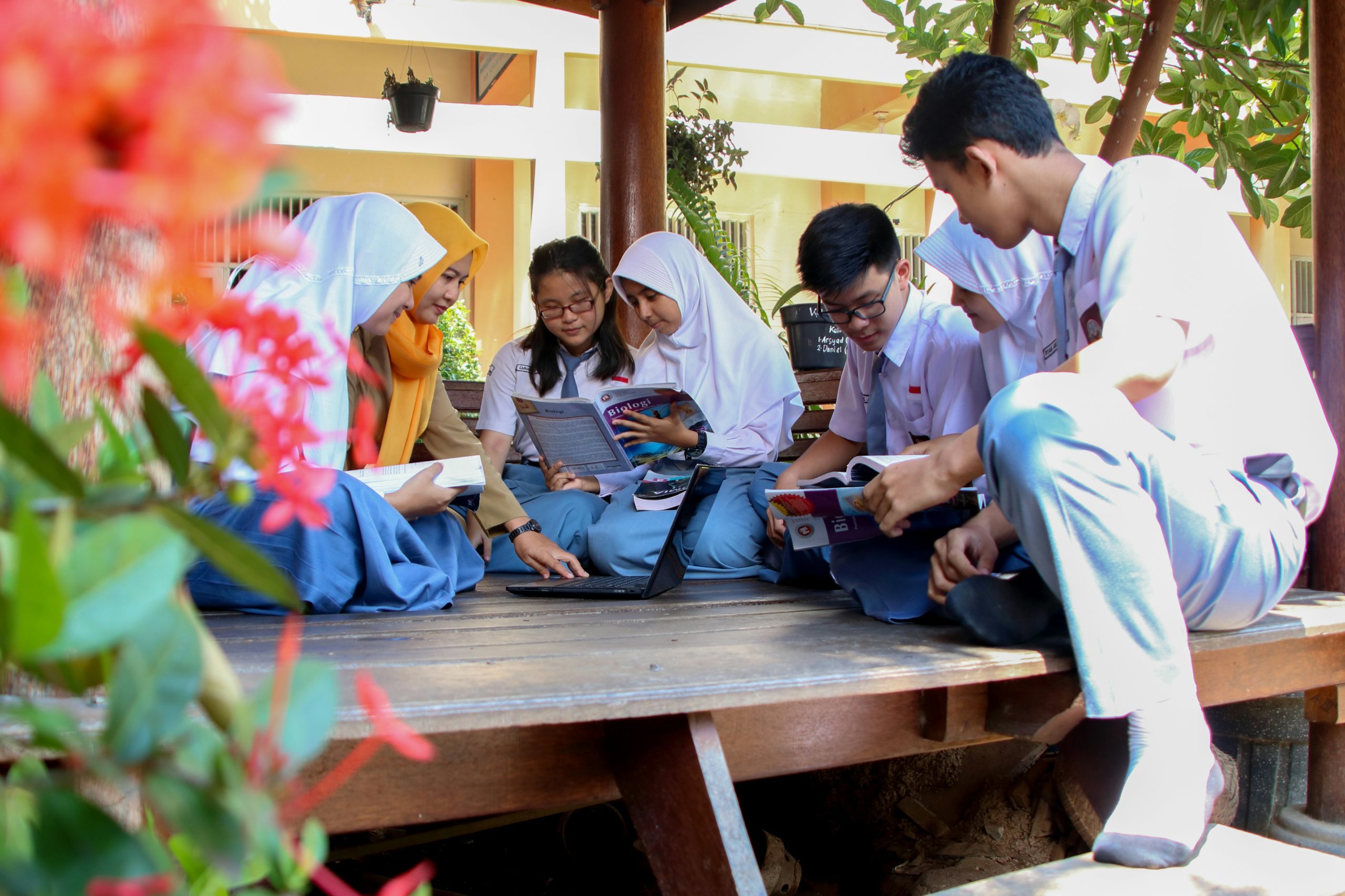
For decades, education has relied on a familiar formula: teachers lecture, students take notes, and everyone prepares for the next big test. While this approach has trained generations, it often leaves students asking the same question: “When will I ever use this in real life?”
That question is exactly what Project-Based Learning (PBL) aims to answer. Instead of focusing only on memorization, PBL helps students learn by doing. It connects classroom knowledge with real-world applications, making learning more engaging, practical, and future-ready.
In this article, we’ll explore why PBL is growing so quickly, how it benefits students, educators, parents, and even employers, and provide a simple framework to bring it to life.
What Is Project-Based Learning?
Project-Based Learning (PBL) flips the script on traditional education. Instead of memorizing facts for a test, students dive into meaningful projects that tackle real-world problems. They ask questions, investigate solutions, and collaborate with others, all while building the skills they’ll actually need in life and work.
Think of it like this:
-
In science, students might design a campaign to cut plastic waste in their community.
-
In business, they could create a startup idea and pitch it to real entrepreneurs.
-
In English, they might publish a community newsletter that gives people a voice.
Every project blends multiple skills—math, writing, communication, critical thinking, and ends with something tangible to show for it. Instead of just learning concepts, students live them.
Why the Shift Beyond the Textbook?
The world is changing rapidly. Technology, automation, and global connections are transforming the workplace. Students need more than test-taking skills; they need creativity, teamwork, and adaptability.
Here’s why PBL is gaining attention across schools and industries:
1. It bridges the gap between school and work. Students practice solving real problems that mirror workplace challenges.
2. It builds soft skills. Teamwork, communication, and leadership aren’t easily taught through textbooks but flourish in project environments.
3. It boosts motivation. When learning feels relevant, students engage more deeply. They see the impact of their work beyond the classroom.
4. It fosters lifelong learning. Projects encourage curiosity, research, and experimentation, skills that last long after graduation.
According to a report from the Buck Institute for Education (now PBLWorks), schools that adopt PBL see higher levels of student engagement and stronger critical thinking skills. Employers, too, report that graduates with project experience adapt better in the workplace.
Benefits for Different Audiences
For Students
PBL gives students the chance to connect learning with life. Instead of memorizing formulas, they use math to design a budget. Instead of reciting historical facts, they create documentaries about local history.
Key benefits:
-
Learn by doing, not just listening.
-
Gain confidence through hands-on achievements.
-
Build a portfolio of real projects that can impress universities or employers.
For Educators
Teachers often feel the tension between covering required content and keeping students engaged. PBL offers a solution by allowing educators to teach the same standards in a more interactive, student-driven way.
Benefits include:
-
Greater student participation and excitement.
-
Opportunities to integrate multiple subjects.
-
More authentic assessments than traditional tests.
As John Dewey, a pioneer in education, once said: “Education is not preparation for life; education is life itself.” PBL embodies that philosophy by making learning active and relevant.
For Parents
Parents often want reassurance that their child’s education is preparing them for the future. With PBL, they can see the results in action, whether it’s a prototype, a performance, or a community project.
Benefits for parents include:
-
Visible evidence of learning through finished projects.
-
Confidence that their child is developing real-world skills.
-
A chance to be involved in their child’s learning journey (many projects invite community participation).
For Employers & Industry Partners
Companies today look for graduates who can solve problems, work in teams, and adapt quickly. PBL creates a pipeline of students who already have experience with these skills.
Employers benefit by:
-
Building connections with schools through mentorship or project partnerships.
-
Helping shape the skills of the future workforce.
-
Identifying promising students early for internships or job opportunities.
A Simple Framework for Designing a PBL Unit
If you’re an educator (or even a parent looking to guide learning at home), here’s a simple framework to bring PBL to life:
1. Identify a Real-World Problem
Start with a challenge that matters. It could be local (reducing water waste in the school) or global (climate change). The problem should spark curiosity and feel meaningful to students.
2. Ask a Driving Question
Turn the problem into a question that guides learning. For example:
-
How can our school reduce its carbon footprint?
-
What’s the best way to design a healthy school lunch menu?
-
How can we create an app that helps students manage stress?
The driving question keeps students focused and motivated.
3. Brainstorm Solutions
Encourage students to think creatively. No idea is too big or too small at this stage. Group brainstorming helps build collaboration and sparks innovation.
4. Research and Apply Knowledge
Here’s where classroom content meets real-world use. Students research, test, and apply skills, whether it’s math for budgeting, science for testing hypotheses, or communication for presenting findings.
5. Create a Tangible Outcome
The project should lead to a final product, like a prototype, campaign, performance, or event. This outcome makes the learning visible and meaningful.
6. Share and Reflect
Students present their projects to classmates, parents, or even community partners. Reflection is key: What worked? What could be improved? How might they apply these skills in the future?
Examples of PBL in Action
-
Elementary School: Students design a community garden, learning science (plant growth), math (measurement), and social studies (community roles).
-
High School: A group creates a podcast about local history, combining research, storytelling, and digital media skills.
-
University: Engineering students partner with a nonprofit to design low-cost water filters for rural communities.
Each example shows how PBL makes knowledge practical and purposeful.
Tips for Making PBL Successful
1. Keep projects student-centered. Let students make decisions and take ownership.
2. Connect with the community. Real partners local businesses, nonprofits, or government offices, can provide mentorship and authentic feedback.
3. Balance freedom with structure. Students need room to explore but also clear goals and timelines.
4. Celebrate the process, not just the product. Reflection helps students see growth and value effort.
5. Start small. You don’t need to redesign the entire curriculum. Even a two-week project can spark big changes.
The Future of Learning
Textbooks still have their place, but the world no longer runs on memorized facts alone. Today, it’s about what you can do with what you know.
Project-Based Learning is not just a trend, it’s a movement shaping the future of education. It brings relevance, engagement, and skills that prepare students for both careers and life.
Imagine a classroom where students aren’t asking, “Why do I need to learn this?” because they’re already applying it to something real. That’s the power of going beyond the textbook.
Final Thoughts
For students, PBL makes learning exciting and relevant. For educators, it’s a tool to inspire curiosity while meeting academic standards. For parents, it’s proof that school is preparing kids for tomorrow. And for employers, it’s a pathway to graduates who can solve problems and thrive in teams.
The rise of Project-Based Learning signals a shift from rote memorization to real-world application. It’s education that mirrors life messy, collaborative, and full of possibility.
As schools, families, and industries work together, PBL has the potential to transform education and empower the next generation of thinkers, creators, and leaders.
